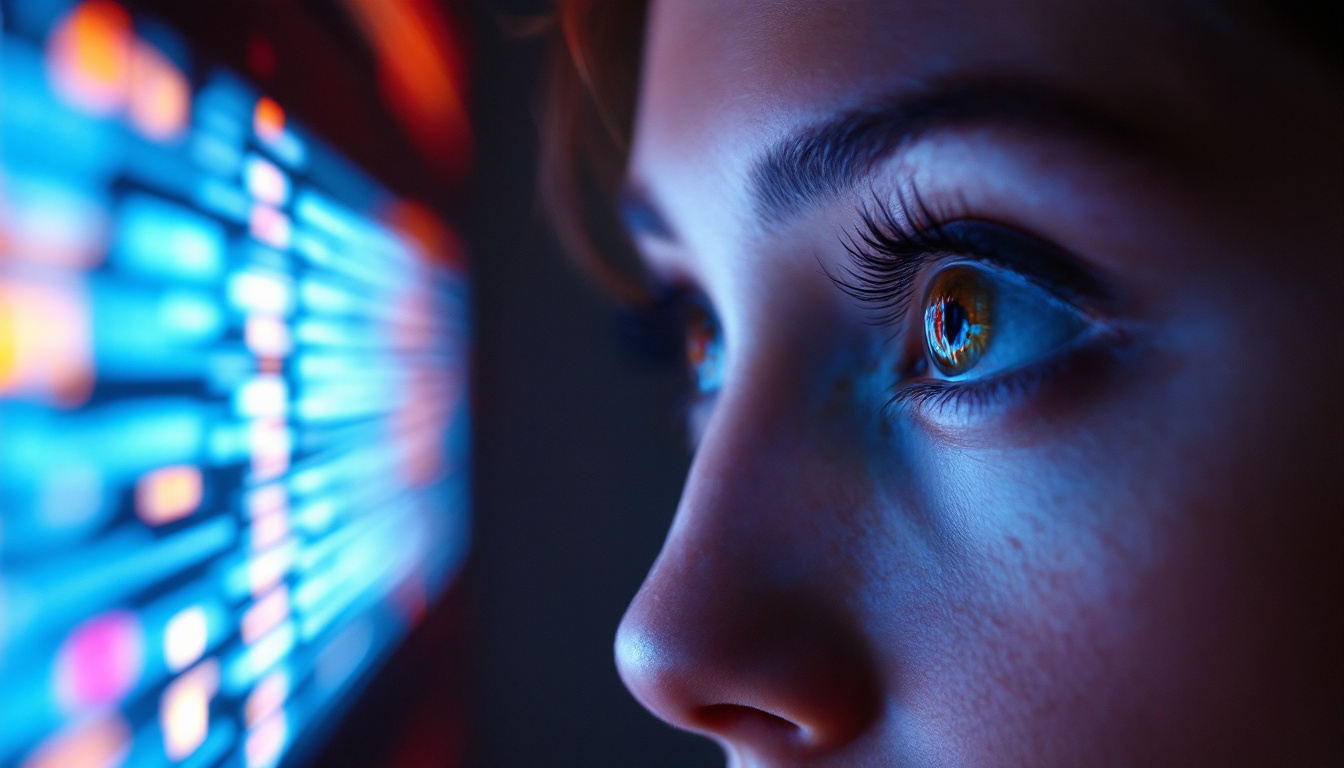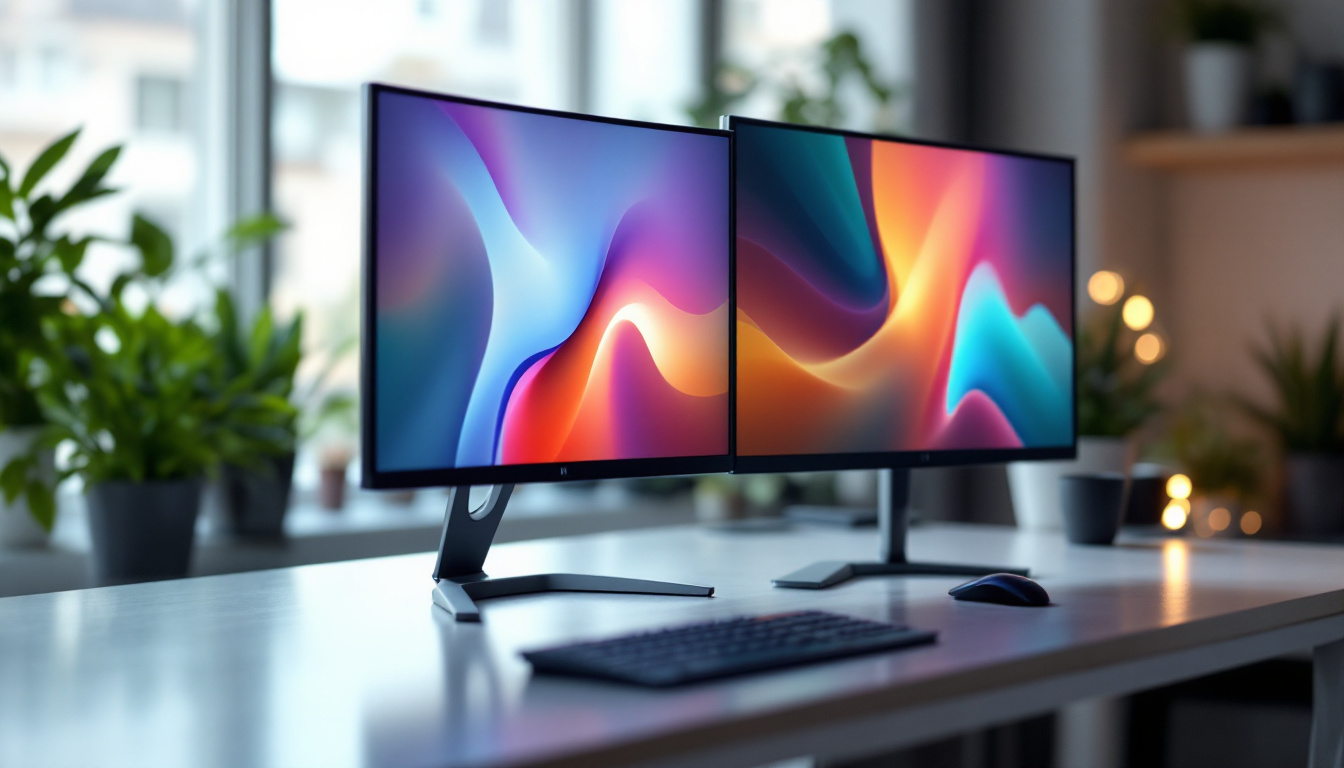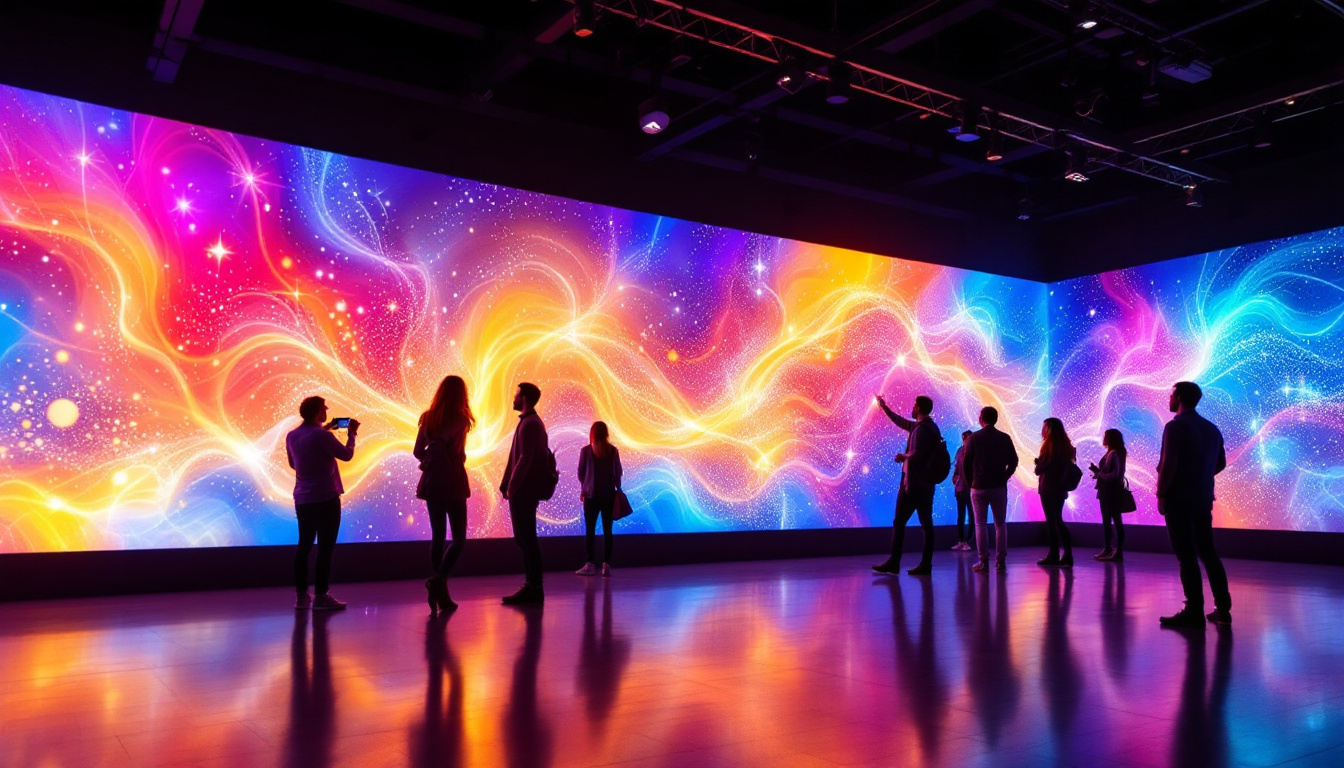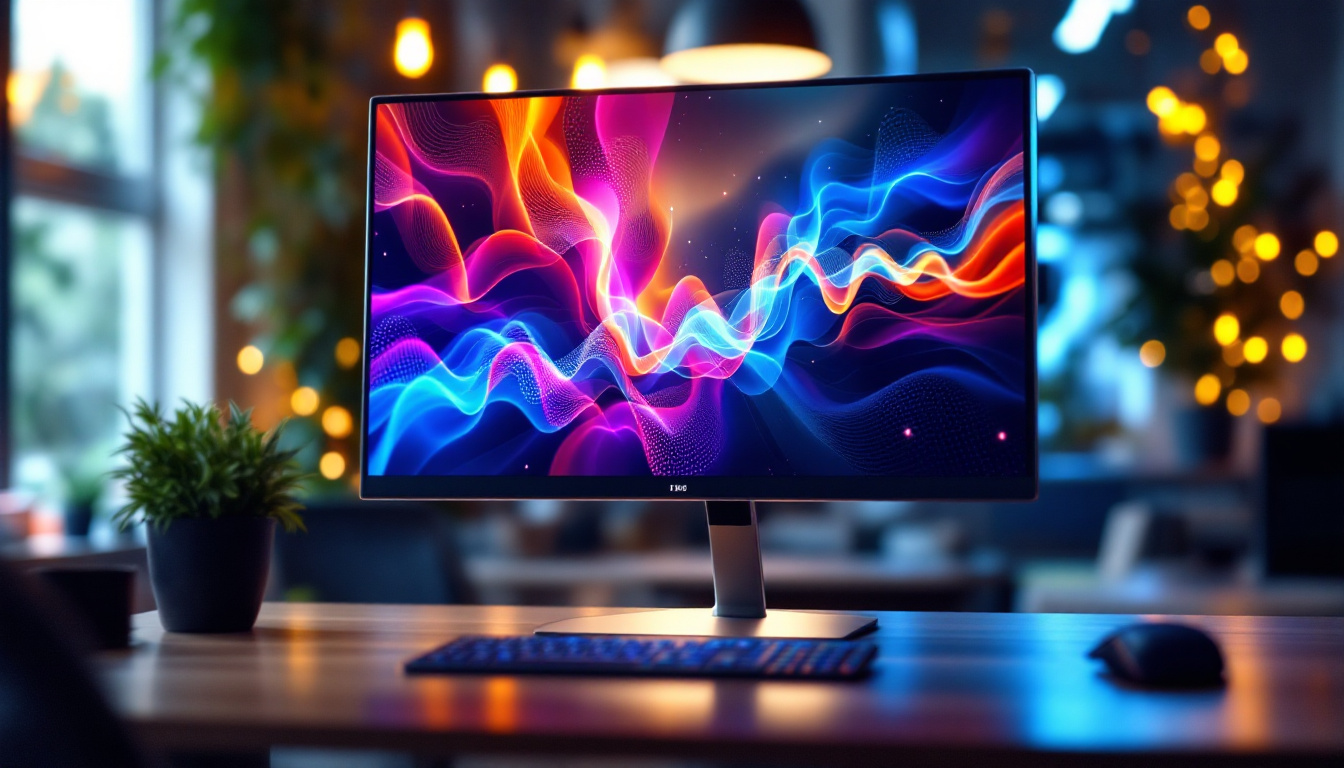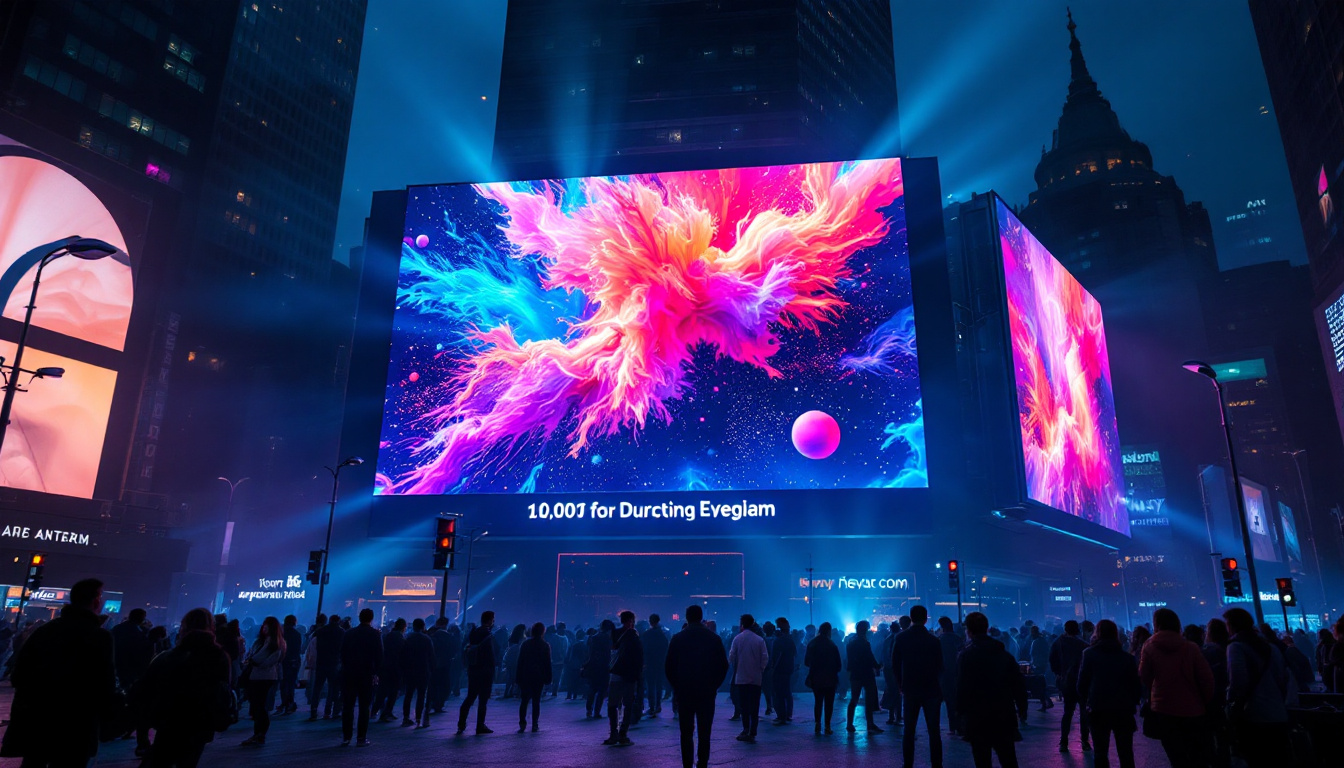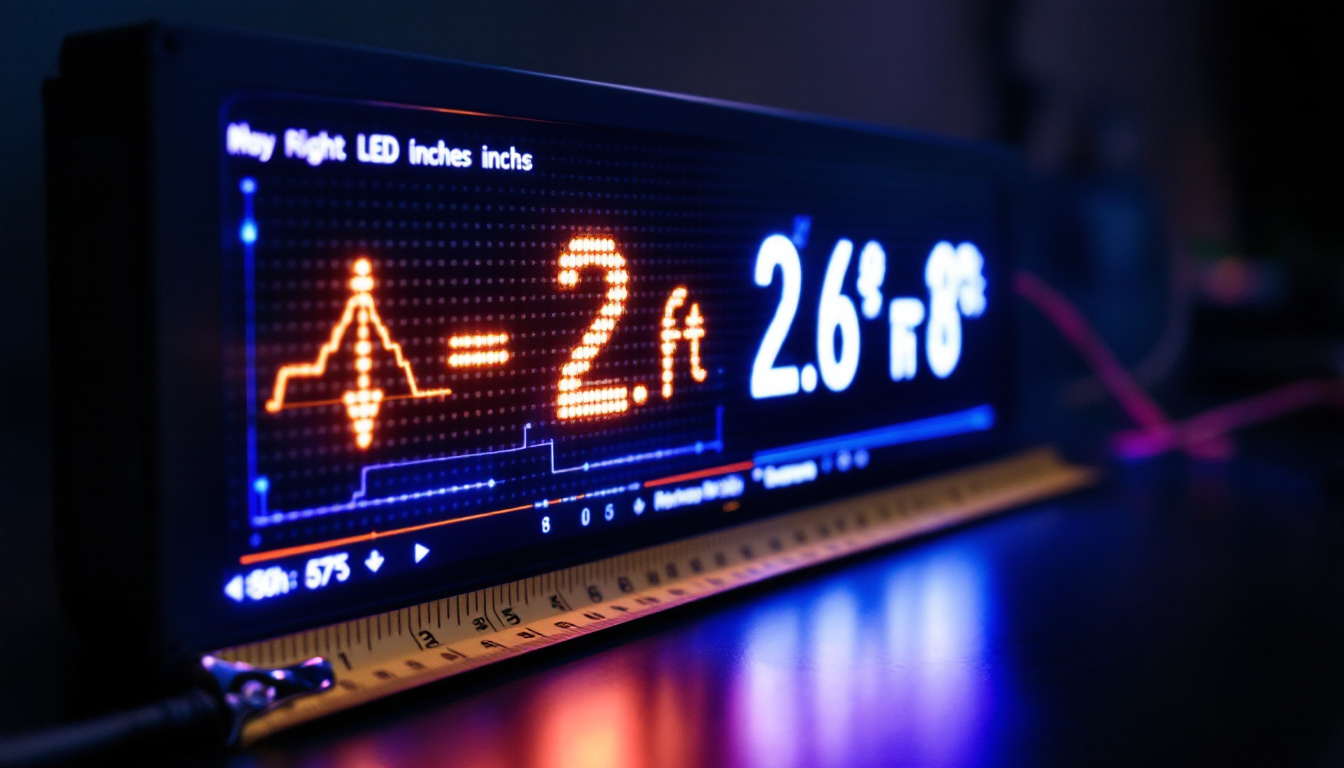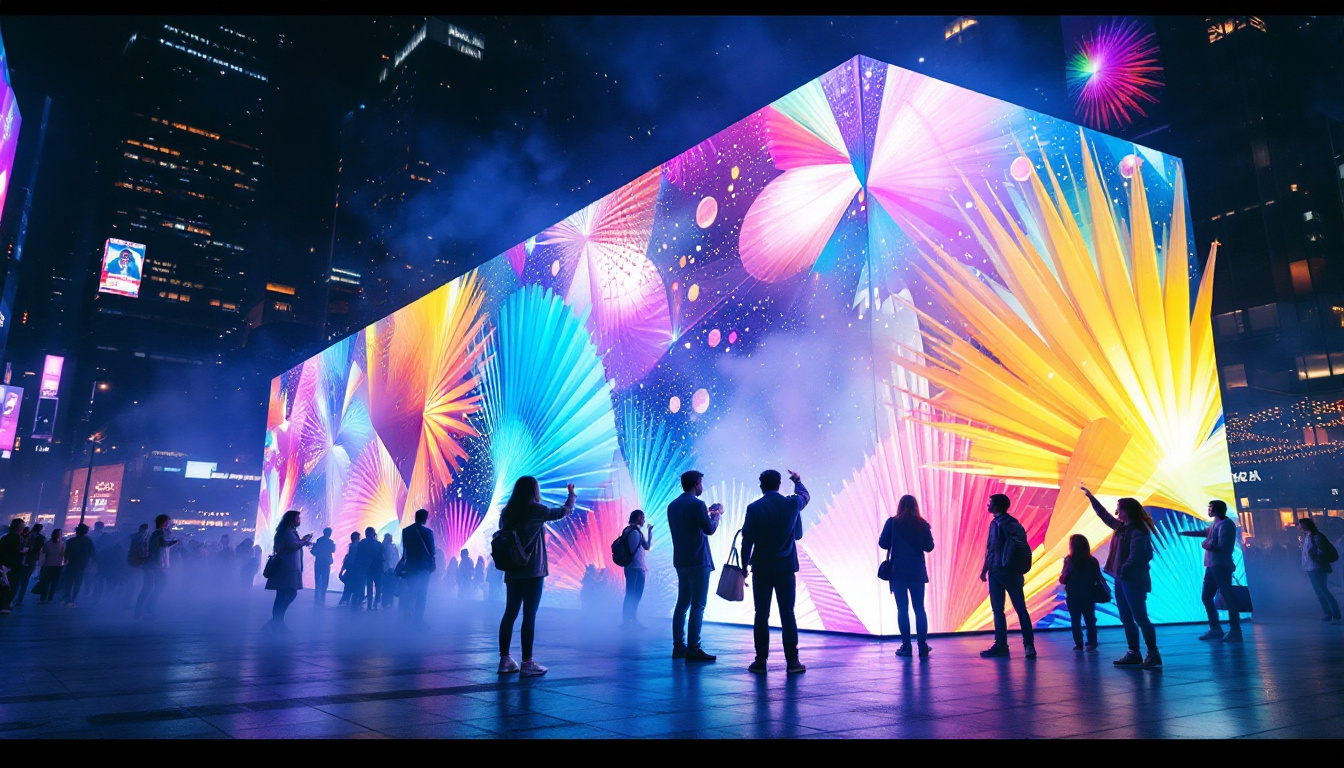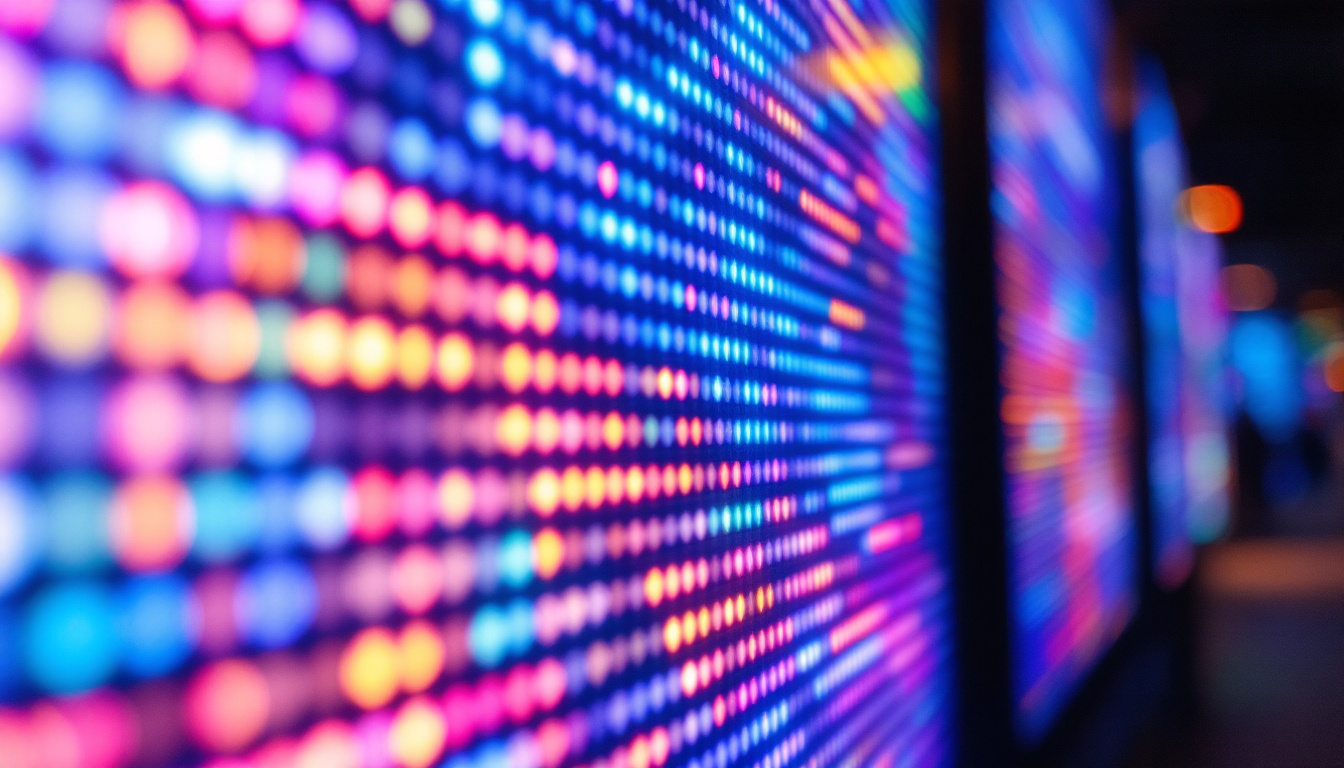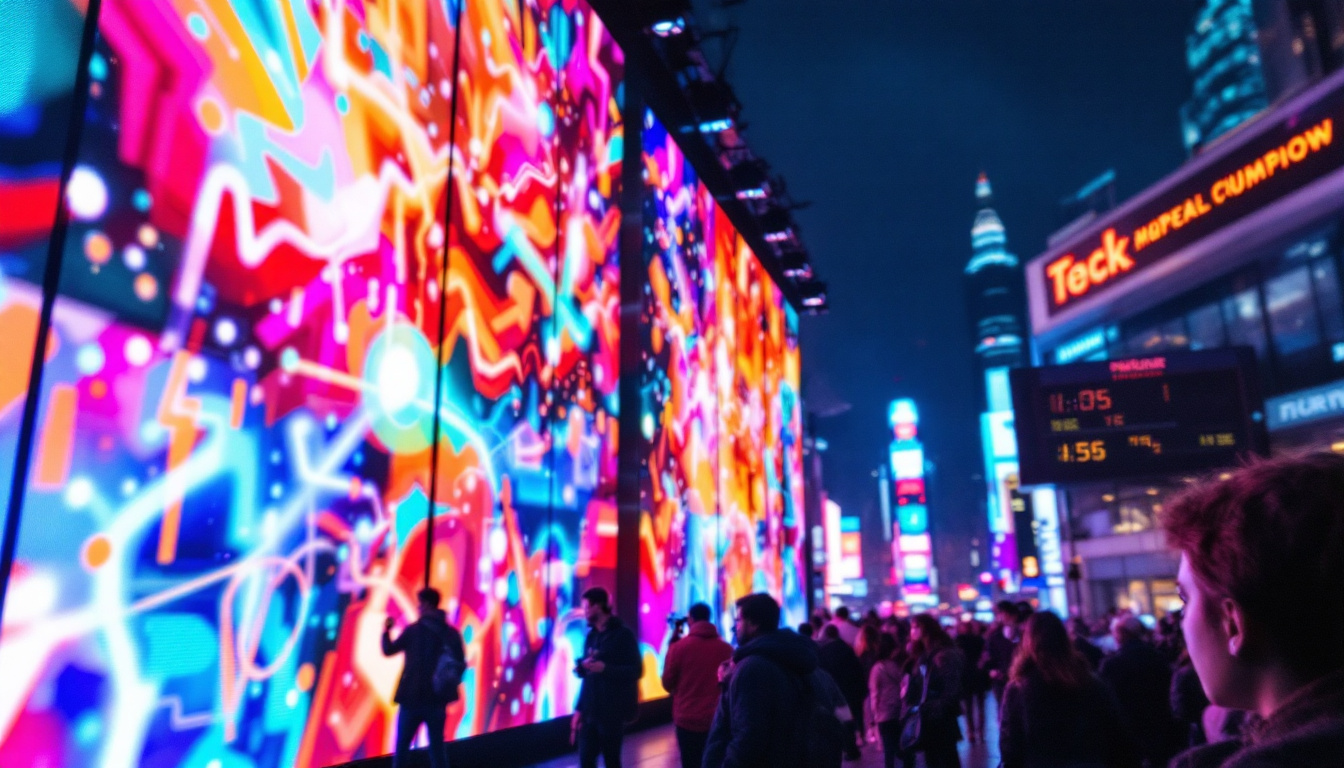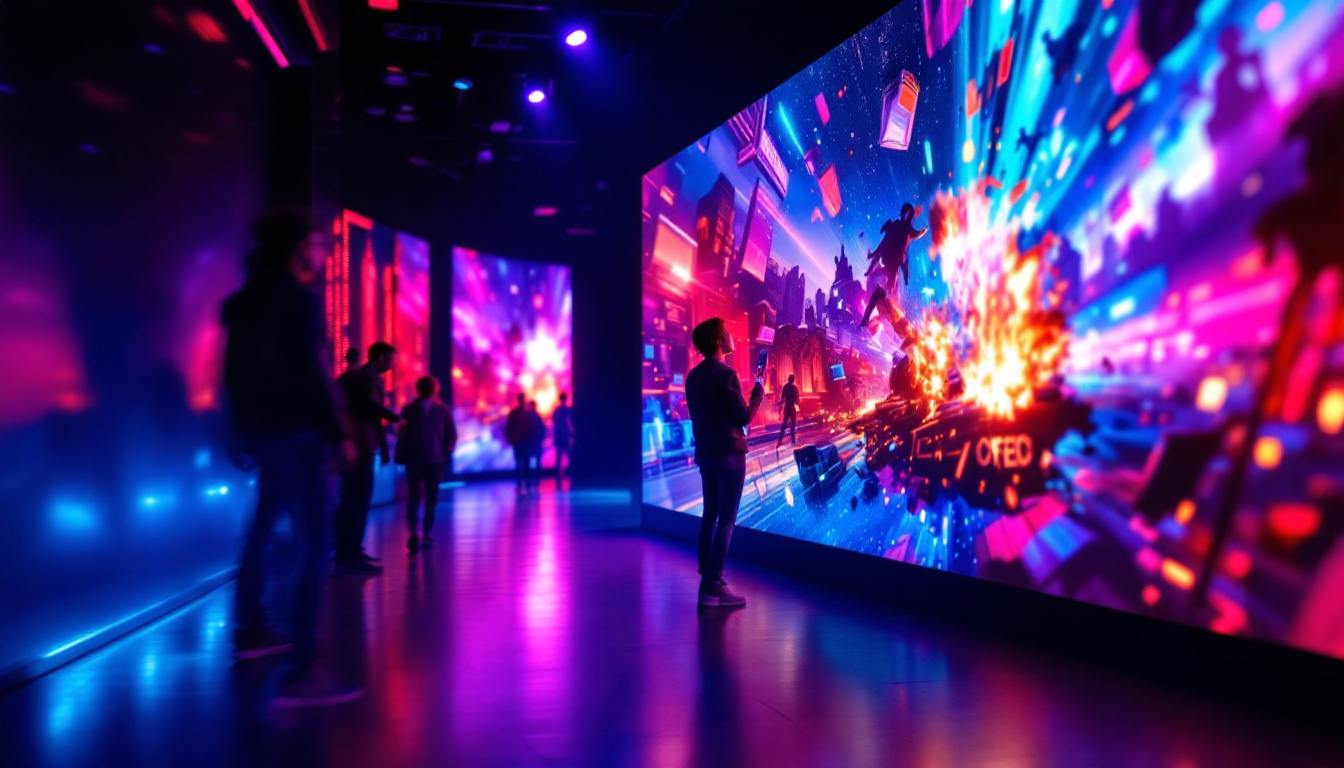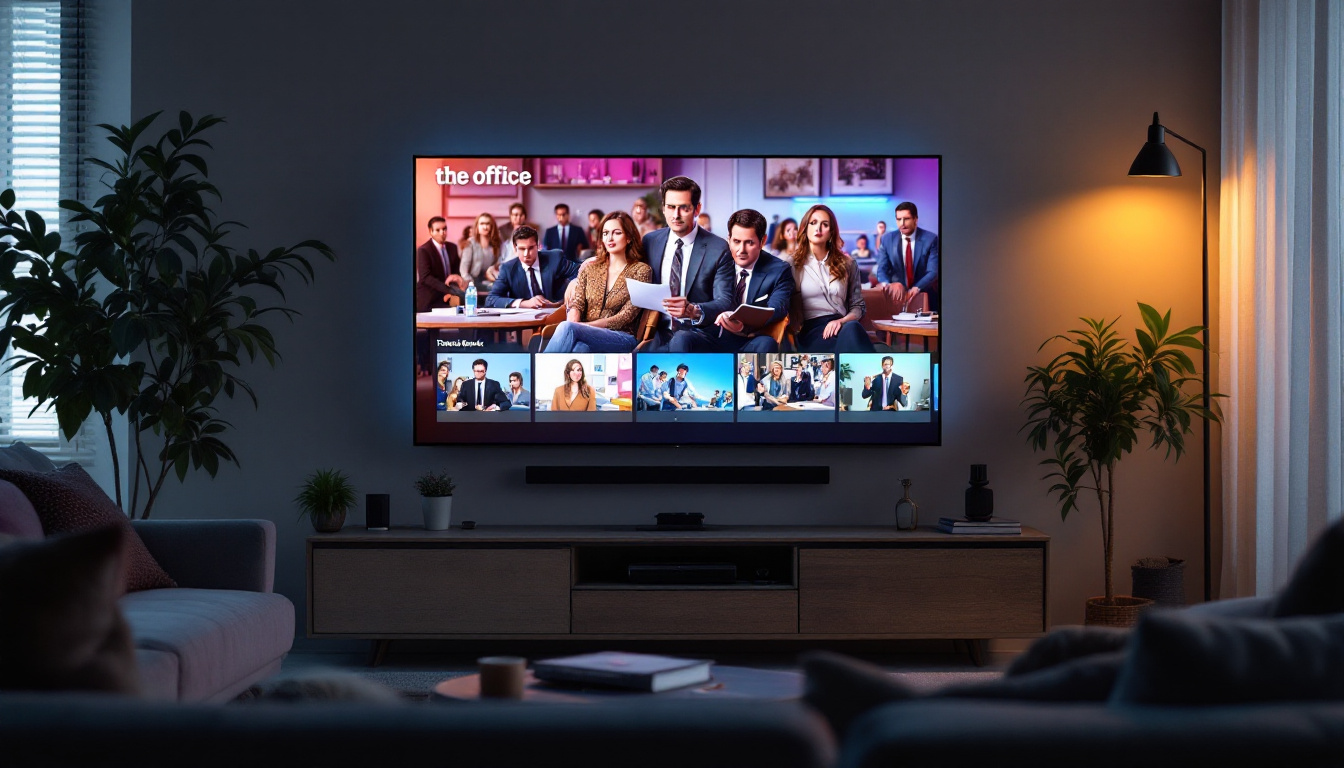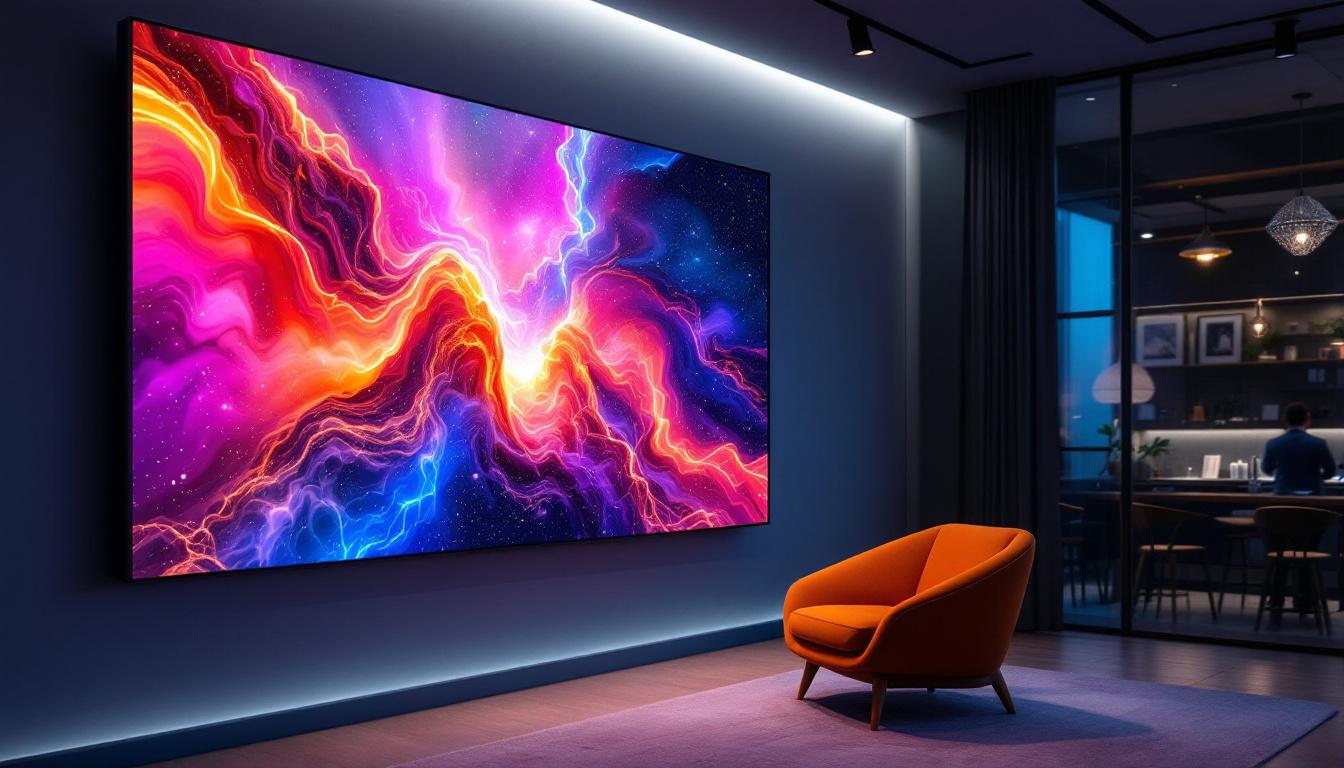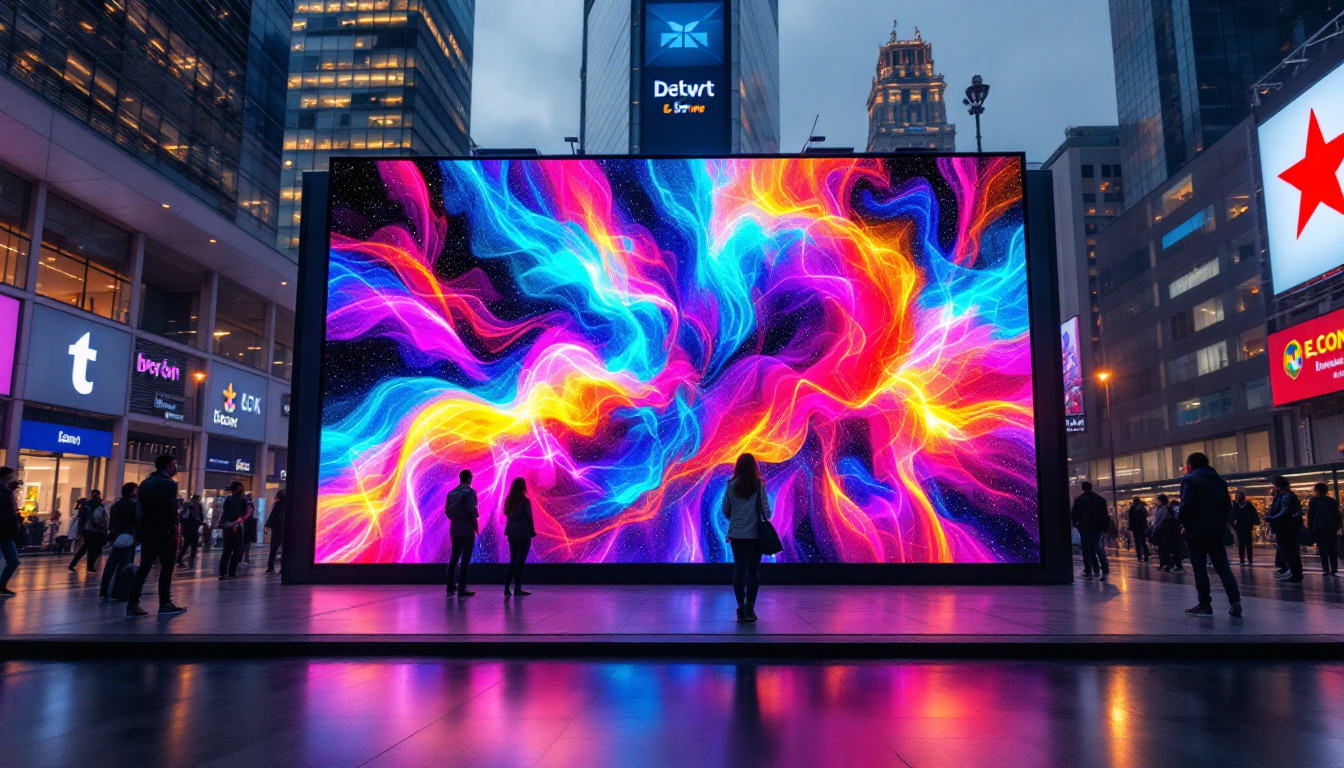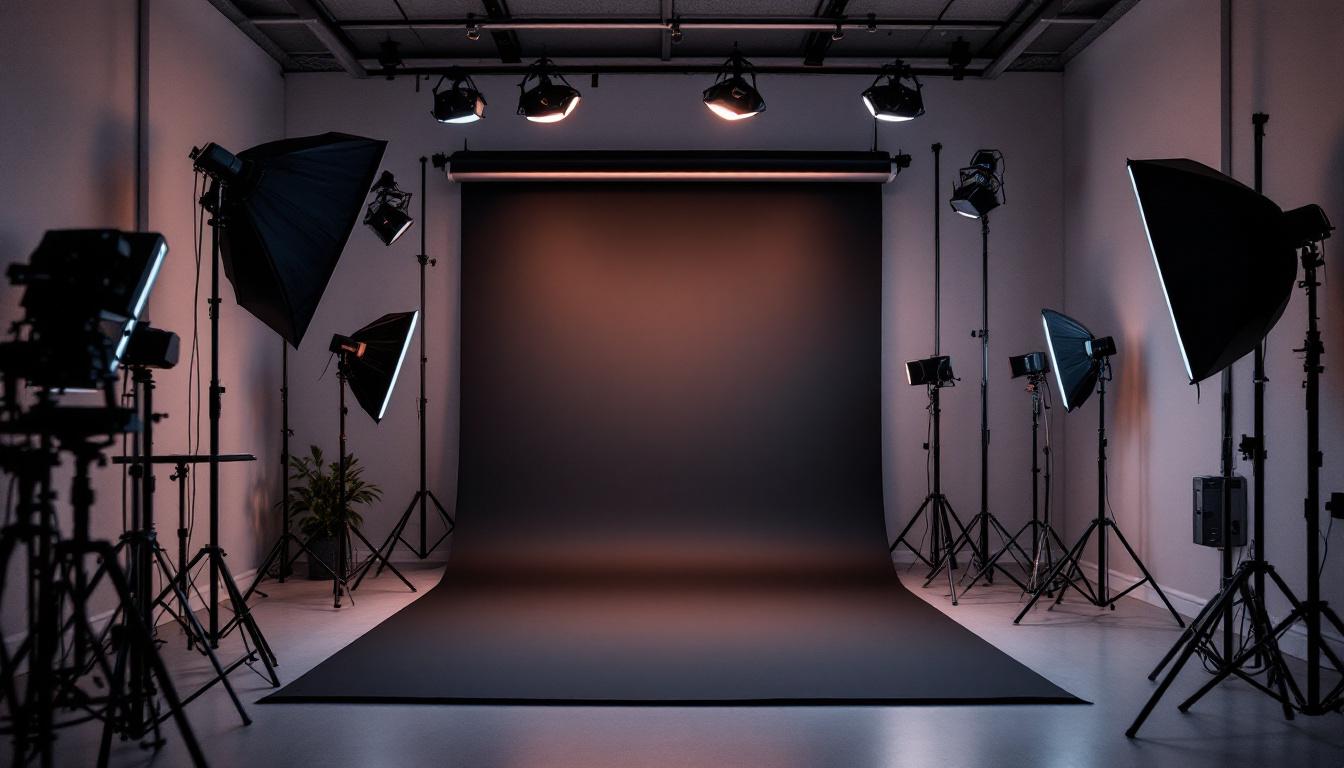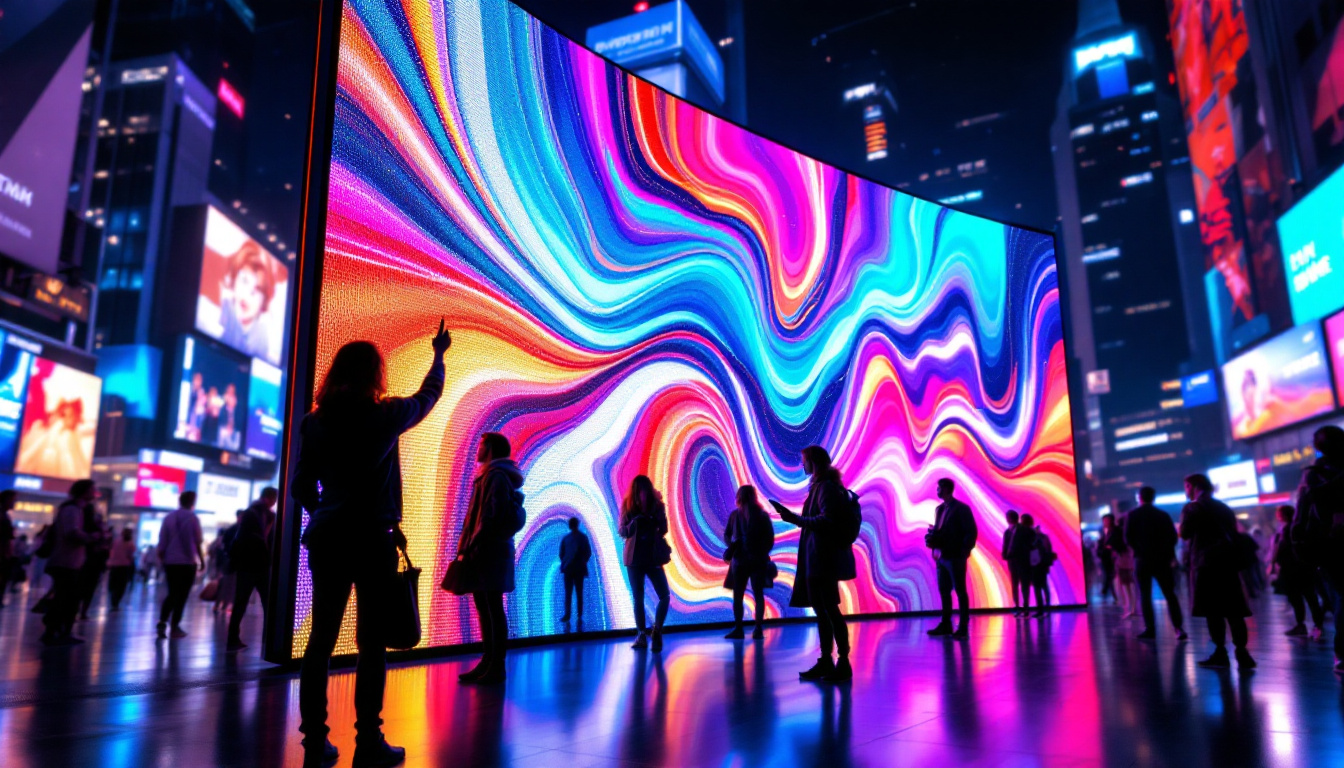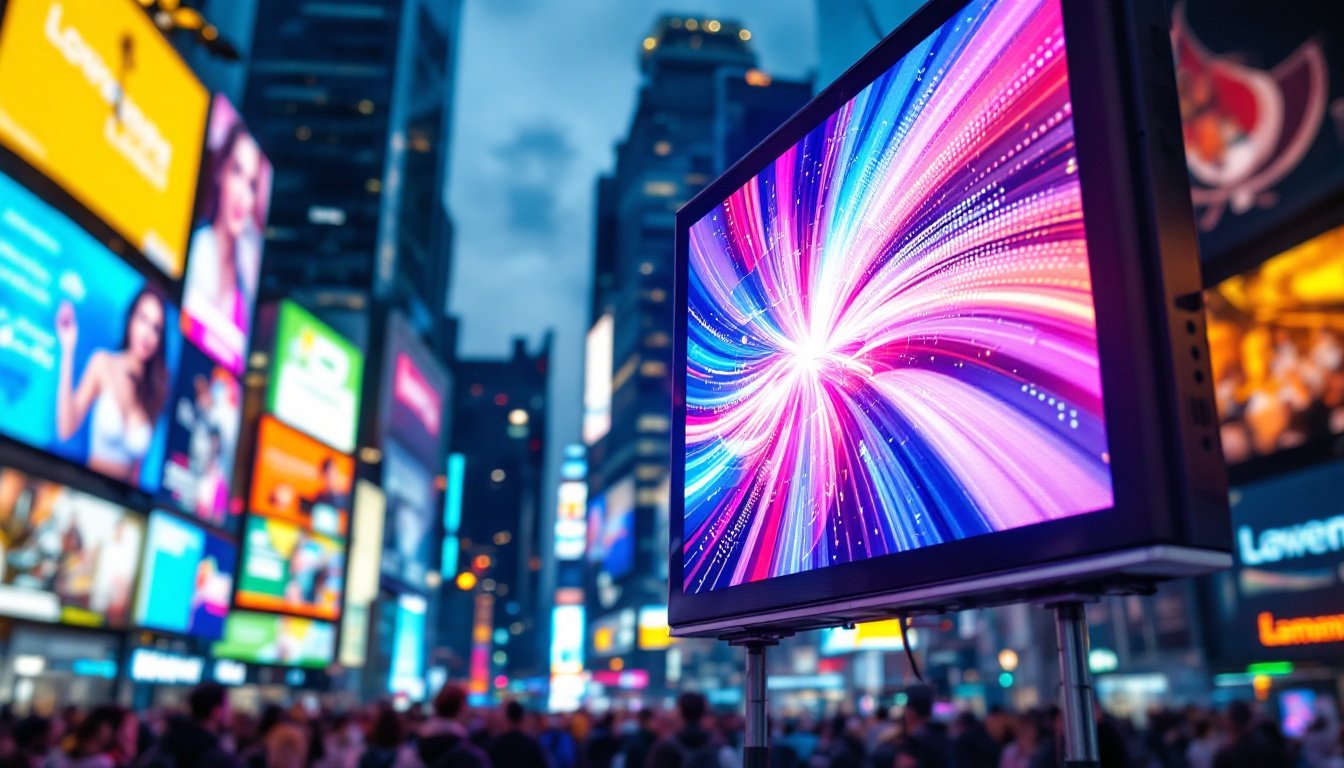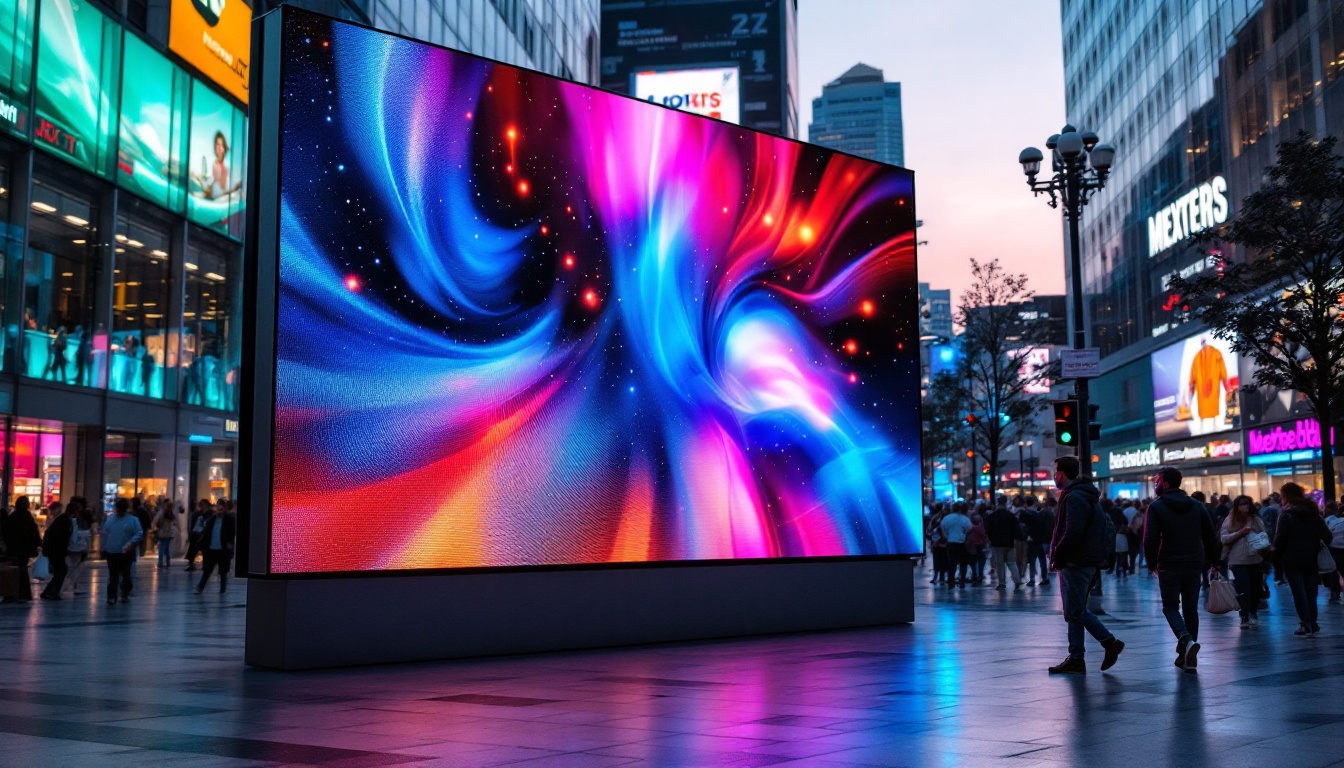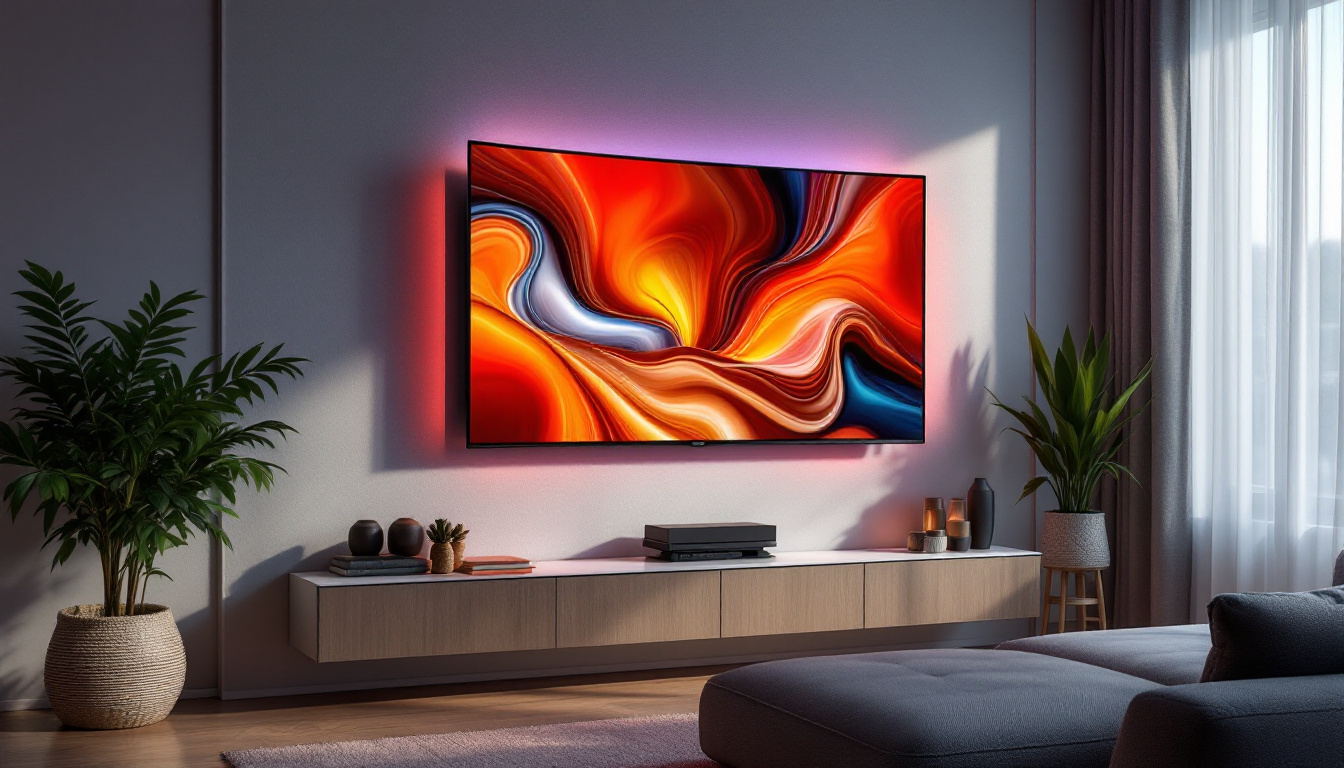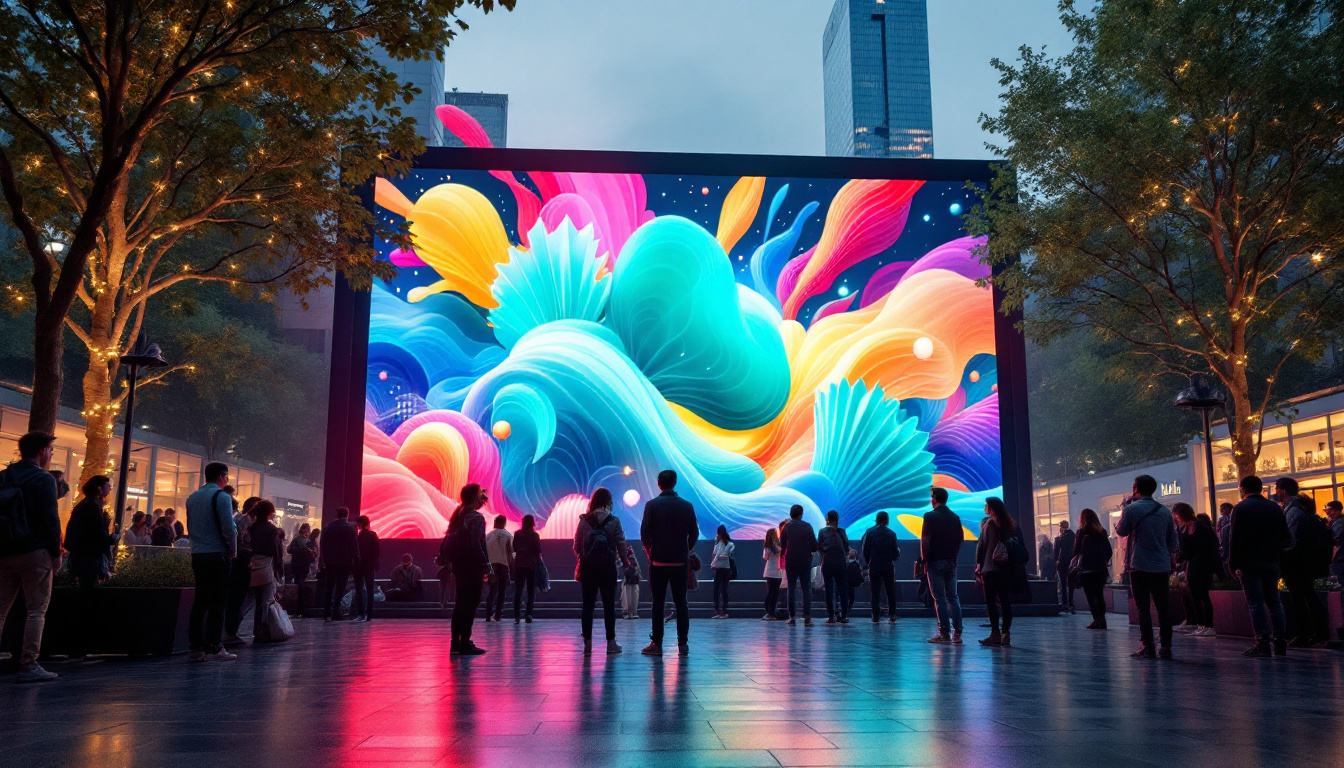Tool Used To Measure Visual Acuity: LED Display Explained
Visual acuity is a critical aspect of eye health, serving as a key indicator of an individual’s ability to see clearly. Various tools have been developed to measure visual acuity, with LED display systems gaining popularity due to their accuracy and ease of use. This article delves into the intricacies of LED displays used for measuring visual acuity, exploring their functionality, advantages, and applications in clinical settings.
Understanding Visual Acuity
Visual acuity refers to the clarity or sharpness of vision, typically measured by the ability to discern letters or numbers at a given distance. It is often assessed using standardized charts, such as the Snellen chart, which presents letters of varying sizes. However, advancements in technology have led to the development of more sophisticated methods, including LED displays. These modern tools not only enhance the accuracy of measurements but also provide a more engaging experience for patients, making the testing process less intimidating and more efficient.
What is Visual Acuity?
Visual acuity is quantified using a fraction, with the numerator representing the distance at which the test is conducted (usually 20 feet in the United States) and the denominator indicating the smallest letter size that can be read at that distance. For example, a visual acuity of 20/20 is considered normal, while 20/40 indicates that the individual can see at 20 feet what a person with normal vision can see at 40 feet. This measurement is crucial not just for understanding individual eyesight but also for assessing overall public health trends related to vision. In some cases, visual acuity can be affected by various factors, including age, underlying health conditions, and even environmental influences, which makes it a dynamic aspect of health that requires regular monitoring.
Importance of Measuring Visual Acuity
Measuring visual acuity is essential for diagnosing various eye conditions, including refractive errors, cataracts, and macular degeneration. Regular assessments can help track changes in vision, ensuring timely interventions and appropriate treatments. Moreover, visual acuity tests are vital for determining eligibility for certain professions, such as pilots and drivers. Beyond occupational requirements, visual acuity plays a significant role in daily activities, impacting everything from reading and driving to engaging in sports and hobbies. For children, accurate measurements are particularly important, as undiagnosed vision problems can hinder academic performance and social development. Early detection and correction of visual impairments can lead to improved educational outcomes and overall quality of life.
The Role of LED Displays in Measuring Visual Acuity
LED displays have revolutionized the way visual acuity is measured. These digital systems offer numerous advantages over traditional chart-based methods, enhancing the accuracy and efficiency of vision testing.
How LED Displays Work
LED displays utilize light-emitting diodes to create high-contrast images of letters and symbols. These displays can be programmed to show various sizes and types of characters, allowing for customizable testing scenarios. The brightness and clarity of LED screens ensure that letters are easily distinguishable, even in less-than-ideal lighting conditions.
During a visual acuity test, the patient is positioned at a predetermined distance from the display. The system presents a series of characters, often in a randomized sequence, to prevent memorization. The patient is asked to identify the characters, and the results are recorded automatically, providing immediate feedback to the clinician. This real-time data collection not only streamlines the testing process but also minimizes the potential for human error, ensuring that the results are as accurate as possible.
Advantages of LED Displays
One of the primary advantages of LED displays is their ability to adjust brightness and contrast, accommodating various lighting conditions. This adaptability enhances the accuracy of visual acuity measurements, ensuring that results are reliable regardless of the environment.
Additionally, LED systems can store and analyze data over time, allowing for easy tracking of a patient’s visual acuity history. This feature is particularly beneficial for monitoring progressive conditions, as it enables healthcare providers to make informed decisions regarding treatment and management. Furthermore, the integration of software analytics can provide insights into trends in a patient’s vision over time, helping to identify potential issues before they become significant problems. This proactive approach to eye care not only improves patient outcomes but also fosters a more engaged relationship between patients and their healthcare providers.
Moreover, the versatility of LED displays extends beyond standard visual acuity tests. They can be used for specialized assessments, such as contrast sensitivity tests and color vision evaluations, which are crucial for diagnosing a wide range of visual disorders. The ability to seamlessly switch between different testing modalities on a single platform enhances the efficiency of eye examinations, making it easier for practitioners to deliver comprehensive care in a shorter amount of time. As technology continues to evolve, the potential applications of LED displays in ophthalmology are likely to expand, further transforming the landscape of vision testing.
Applications of LED Displays in Clinical Settings
LED displays are increasingly being adopted in various clinical settings, from optometry practices to hospitals. Their versatility makes them suitable for a wide range of applications, enhancing the overall patient experience.
Optometry Practices
In optometry practices, LED displays are commonly used for routine visual acuity testing. The digital nature of these systems allows for quick and efficient assessments, reducing wait times for patients. Furthermore, the ability to customize tests based on individual needs ensures that each patient receives a tailored experience.
Many optometrists also appreciate the ease of integrating LED displays with electronic health records (EHR) systems. This integration streamlines the documentation process, allowing for seamless tracking of visual acuity changes over time. Additionally, LED displays can be utilized for patient education, showcasing information about eye health, treatment options, and the importance of regular eye exams. This not only engages patients but also empowers them to take an active role in their own eye care.
Hospitals and Emergency Care
In hospital settings, LED displays play a crucial role in emergency care. Rapid assessments of visual acuity can be vital in diagnosing conditions such as stroke, where timely intervention is critical. LED systems enable healthcare providers to conduct these assessments quickly and accurately, facilitating prompt treatment decisions.
Moreover, LED displays are instrumental in enhancing communication within hospitals. They can be used to display real-time information about patient status, treatment protocols, and even alerts for staff. This ensures that all team members are on the same page, improving the efficiency of care delivery. In addition, the bright and clear visuals of LED displays can be particularly beneficial in high-stress environments, where quick comprehension of information is essential. The adaptability of these displays also allows them to be used in various formats, such as large screens in waiting areas or portable units in triage settings, making them a versatile tool in modern healthcare.
Challenges and Considerations
While LED displays offer numerous advantages, there are also challenges and considerations that healthcare providers must keep in mind when implementing these systems.
Cost and Accessibility
The initial investment required for LED display systems can be significant, which may pose a barrier for smaller practices or clinics with limited budgets. However, the long-term benefits, including improved accuracy and efficiency, often outweigh the initial costs. As technology continues to advance, it is likely that prices will decrease, making these systems more accessible to a broader range of healthcare providers. Additionally, some manufacturers offer financing options or leasing agreements, which can alleviate the upfront financial burden and allow practices to adopt the technology without compromising their cash flow.
Moreover, the potential for increased patient satisfaction and retention through enhanced visual testing experiences can lead to greater revenue over time. Patients are more likely to return to a practice that utilizes modern, efficient technology that provides quick and accurate results. Therefore, investing in LED display systems can be seen not just as a cost, but as a strategic move towards improving overall practice performance and patient care.
Training and Familiarization
Healthcare professionals must also receive adequate training to effectively utilize LED display systems. Familiarization with the technology is essential to ensure accurate testing and interpretation of results. Ongoing education and support can help practitioners stay updated on best practices and advancements in visual acuity measurement. Training programs can include hands-on workshops, online tutorials, and access to user manuals that provide detailed instructions on operating the equipment.
Furthermore, fostering a culture of continuous learning within the practice can enhance the overall competency of the staff. Encouraging team members to share insights and experiences with the technology can lead to innovative approaches in patient interaction and data interpretation. As healthcare evolves, staying abreast of technological advancements not only improves individual skill sets but also contributes to a more cohesive and efficient team dynamic, ultimately benefiting patient outcomes.
Future Trends in Visual Acuity Measurement
The landscape of visual acuity measurement is continually evolving, with LED displays at the forefront of innovation. Emerging technologies and trends are set to further enhance the accuracy and efficiency of visual assessments.
Integration with Telemedicine
As telemedicine becomes increasingly popular, the integration of LED displays with remote assessment tools is gaining traction. Patients may soon be able to conduct visual acuity tests from the comfort of their homes, with results transmitted directly to their healthcare providers. This development could significantly improve access to eye care, particularly in underserved areas.
Artificial Intelligence and Machine Learning
Artificial intelligence (AI) and machine learning are poised to revolutionize visual acuity measurement. These technologies can analyze vast amounts of data to identify patterns and trends, potentially leading to more accurate diagnoses and personalized treatment plans. AI-driven systems may also enhance the functionality of LED displays, allowing for more sophisticated testing protocols.
Conclusion
LED displays have transformed the way visual acuity is measured, offering numerous advantages over traditional methods. Their accuracy, efficiency, and adaptability make them invaluable tools in clinical settings, enhancing the overall patient experience. As technology continues to advance, the future of visual acuity measurement looks promising, with innovations such as telemedicine integration and AI-driven systems on the horizon.
Ultimately, the adoption of LED displays in measuring visual acuity represents a significant step forward in eye care. By providing healthcare providers with the tools they need to deliver accurate assessments, these systems contribute to improved patient outcomes and a better understanding of eye health.
Discover LumenMatrix’s Advanced LED Display Solutions
As you consider the future of visual acuity measurement and the role LED displays play in enhancing patient care, we invite you to explore LumenMatrix’s innovative LED display solutions. Our extensive range of products, including Indoor and Outdoor LED Wall Displays, Vehicle LED Displays, and specialized options like LED Sports and Floor Displays, are designed to meet the diverse needs of healthcare providers. Experience the difference that cutting-edge technology can make in your clinical setting. Check out LumenMatrix LED Display Solutions today and take the first step towards revolutionizing your visual acuity assessments.

